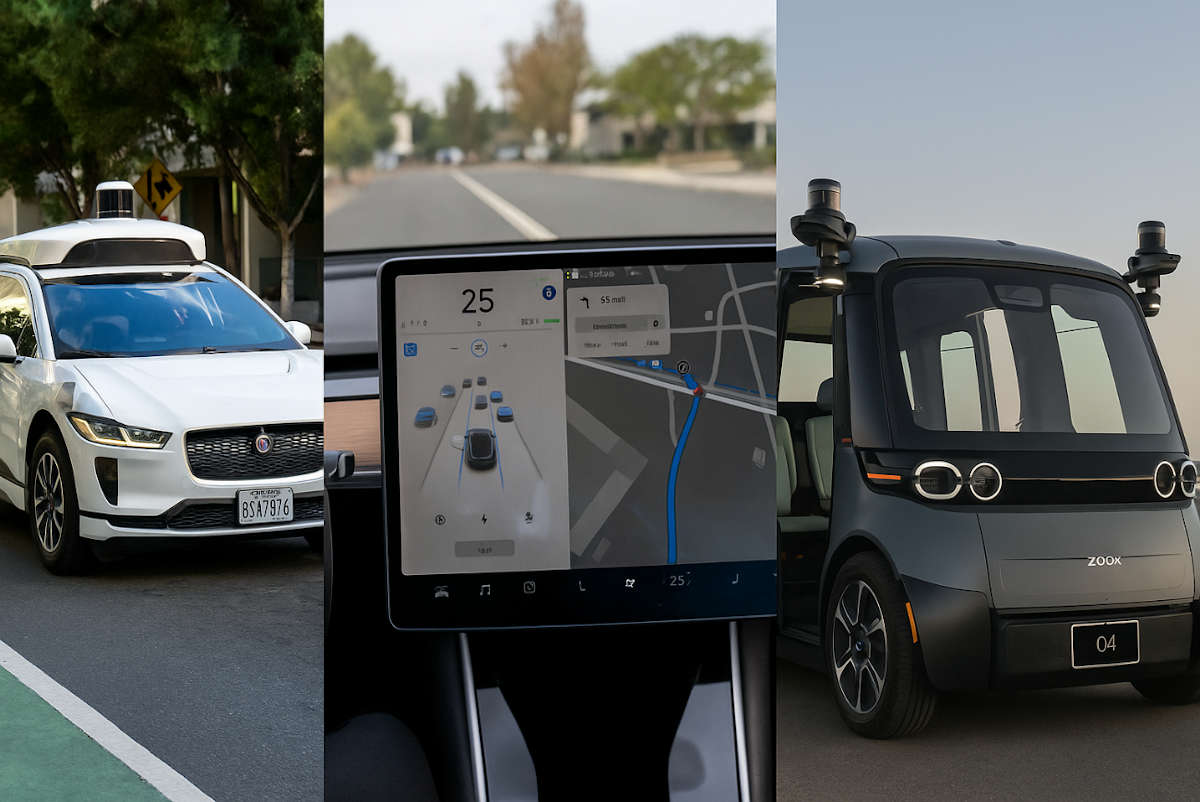Robot cars, human-size problems

Robotaxis are silently (and sometimes awkwardly) roaming around Phoenix, San Francisco, Austin and wherever else humans dare let cars do improv in traffic. Waymo, Tesla and soon Amazon want you to ghost your Uber driver and jump headfirst into a future with no one behind the wheel.
Tempting? Sure. But should you? Well…
🧠 Waymo: sensor show-off
Waymo is Google’s souped-up baby Jaguar. And it’s not just cute. It’s packing serious hardware: GPS, radar, lidar and 29 cameras. You’d think it could see into next Tuesday.
In Phoenix, you can summon one with no driver. The doors unlock, you hop in, and off you go. Well, mostly.
Regulators have flagged 22 “incidents” ranging from boo-boos with barriers to cases of being directionally defeated by construction cones. One time, two women were straight-up trapped inside a car when the doors wouldn’t open. (Waymo Escape Room: now accepting reservations.)
Let’s not forget the recall: More than 1,200 vehicles were pulled after collisions with stationary objects.
Still, here’s the twist: Waymo’s crash rate is up to 80% lower than human drivers when it comes to injury-causing accidents. It’s safer, just not graceful. Think: clumsy nurse with steady hands.
⚡ Tesla: risk-taker
Tesla’s “Full Self-Driving” robotaxis skip the radar, skip the lidar and go camera-only. It’s kind of like teaching your car to drive by binge-watching dashcam videos.
In Austin, they’re testing 10 driverless Teslas with remote watchers instead of safety drivers. They need to. There’s a video of one in Austin having a brain-fart moment when seeing cops on the side of the road.
FSD recently failed to stop for a child-size dummy next to a school bus … eight times. One drove onto train tracks. And yes, there’s at least one fatal pedestrian crash under federal investigation. I love innovation, but I’m not about to trust my life to a car that still needs a hall monitor.